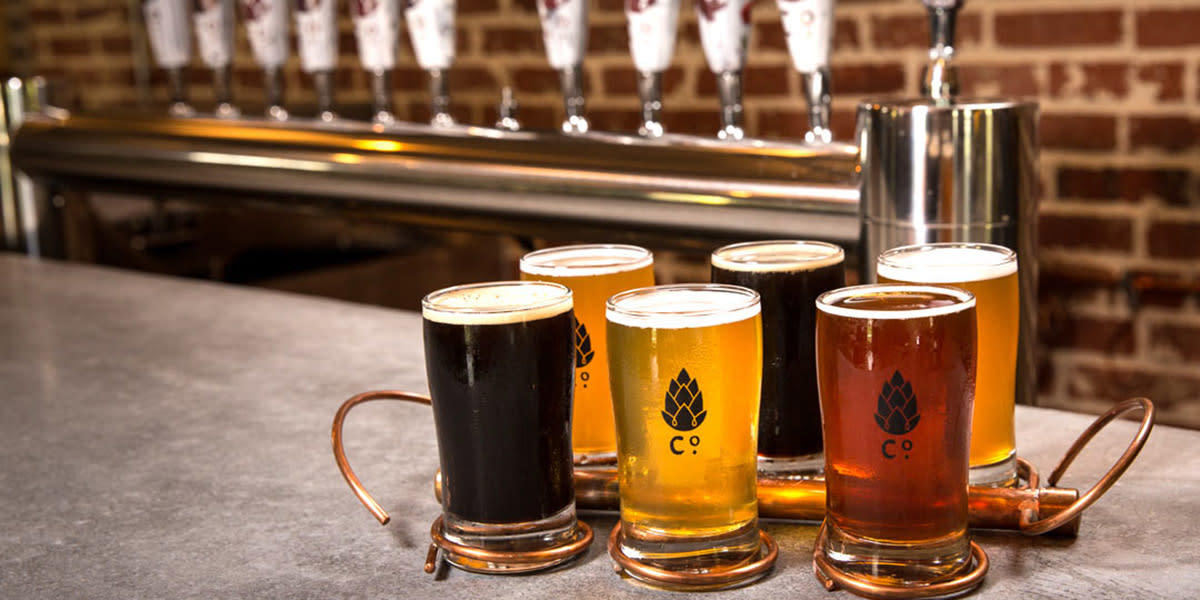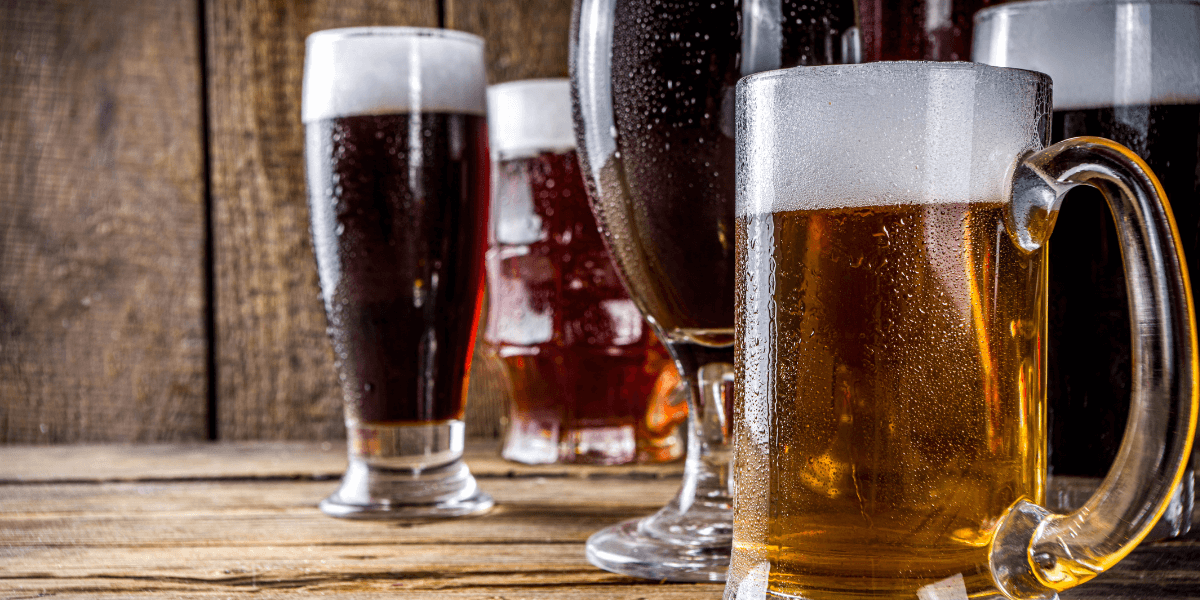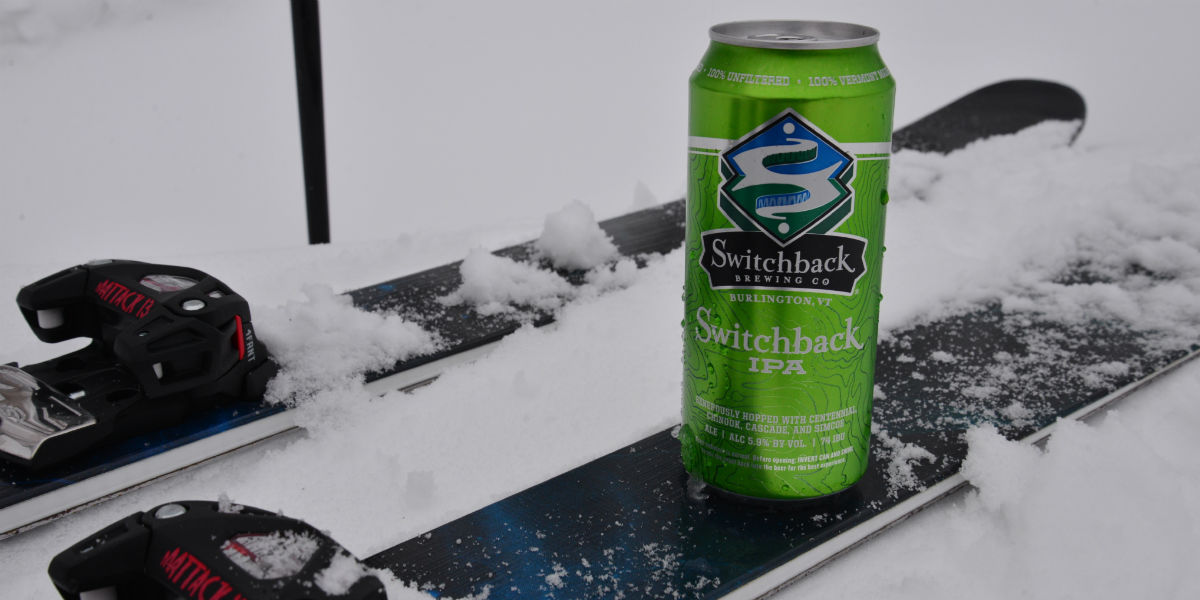
When I first embarked on the journey of brewing my own beer, one of the most common questions I encountered was: how long does beer take to ferment? This seemingly simple question turned out to be a lot more complicated than I initially expected. The answer depends on many factors, and over the years, I’ve learned just how much patience is required for brewing, especially when it comes to fermentation. In this article, I’ll explore the nuances of beer fermentation, the factors that influence it, and provide tips on how to track fermentation so you can ensure that your beer is fermenting just the way you want.
Understanding the Fermentation Process
Before we dive into how long beer takes to ferment, it’s important to understand the fermentation process itself. Fermentation is the magical phase in which yeast turns the sugars present in the wort (the liquid derived from malted barley) into alcohol and carbon dioxide. The result is the creation of the beverage we know and love as beer.
The length of fermentation can vary depending on the beer style, yeast strain, temperature, and even the conditions in your brewing environment. At the core, fermentation is divided into two phases: primary fermentation and secondary fermentation. Both stages are essential to creating the final product, and understanding how long each phase lasts can help you plan your brewing timeline effectively.
Primary Fermentation: The Initial Stage
Once you’ve brewed your wort and added yeast, primary fermentation begins. This stage is crucial, as it’s where the yeast gets to work, consuming the sugars in the wort and converting them into alcohol and carbon dioxide. Primary fermentation typically lasts between 5 to 14 days, though this can vary depending on the temperature and yeast strain you’re using.
The temperature at which you ferment your beer can have a big impact on how quickly fermentation progresses. In general, I aim to keep my fermentation temperature in the range of 65°F to 75°F. This range is ideal for most ale yeasts, allowing them to ferment efficiently without causing any unwanted flavors. If the temperature drops too low, the yeast will slow down and fermentation will take longer. Conversely, if the temperature gets too high, the yeast may become stressed and produce undesirable flavors.
During this primary stage, you’ll notice activity in the fermenter. The yeast is vigorously consuming sugars, and you may see air bubbles coming through the airlock or a visible foam forming on top of the liquid. This is a sign that fermentation is underway. As primary fermentation progresses, the bubbling will gradually slow down, signaling that the yeast is nearing completion.
Secondary Fermentation: The Finishing Touch
After primary fermentation has finished, your beer still has a little more time to go before it’s ready for bottling. This is where secondary fermentation comes into play. In secondary fermentation, you’ll transfer the beer to a clean vessel, which allows the yeast to settle out and the beer to clarify. Secondary fermentation can take anywhere from 1 to 4 weeks, depending on the style of beer and how clear you want the final product to be.
For beers like lagers, secondary fermentation is especially important. Lagers generally require a much longer fermentation period, with secondary fermentation often lasting up to 6 weeks at colder temperatures. For ales, secondary fermentation typically takes around 2 weeks. During this time, the beer will continue to develop, and you’ll notice a clearer appearance as yeast cells and other particles settle to the bottom of the fermenter.
Factors That Influence the Fermentation Timeline
While the general fermentation timeline is between 2 to 6 weeks, there are several factors that influence how long it takes beer to ferment. Over the years, I’ve learned to pay attention to these factors to ensure my beer ferments in the ideal amount of time.
Yeast Strain
The yeast strain you choose has a significant impact on how long it will take for your beer to ferment. Different strains of yeast have different fermentation rates, with ale yeasts typically fermenting faster than lager yeasts. Ale yeasts can complete fermentation in a matter of days to two weeks, whereas lager yeasts require a much longer fermentation period, often 3 to 4 weeks for primary fermentation alone.
I’ve learned that when brewing lagers, I need to give them more time. The cooler temperatures and the slower fermentation rate of lager yeasts require patience, but the result is a clean and crisp beer that’s well worth the wait.
Temperature
Temperature plays a key role in the speed and success of fermentation. I always make sure my brewing area is at a consistent temperature to ensure the yeast stays active and healthy. If the fermentation temperature is too low, the yeast may go dormant and fermentation can take longer. On the flip side, if it’s too hot, the yeast could over-ferment, producing off-flavors that could spoil the beer.
For ales, I’ve found that maintaining a temperature between 65°F and 75°F is optimal. Lagers, on the other hand, ferment best at cooler temperatures around 40°F to 50°F. Using a fermentation chamber or temperature control system can help maintain a consistent environment, especially when brewing in a warmer or cooler climate.
Gravity of the Wort
Another factor that affects fermentation time is the gravity of the wort, which refers to the concentration of sugars present before fermentation. Higher gravity worts, which have more sugars, will take longer to ferment. If you’re brewing a strong beer with a higher alcohol content, it’s important to keep in mind that the yeast will need more time to consume all the sugars and reach the final gravity.
For example, when brewing an imperial stout or barleywine, I know to expect a longer fermentation period compared to a pale ale or a pilsner. Monitoring the specific gravity of your beer with a hydrometer or refractometer can help you track fermentation progress and determine when it’s time to move on to the next stage.
How to Tell When Your Beer Is Done Fermenting
So, how long does beer take to ferment? The answer depends on the factors above, but there are a few ways to know when your beer is ready for the next stage.
Check the Gravity
The best way to determine if fermentation is complete is by checking the specific gravity. Once the gravity readings have remained consistent for 2 to 3 days, it’s a strong indication that fermentation has finished. At this point, you can move on to secondary fermentation or prepare for bottling.
Signs of Inactivity
During primary fermentation, you’ll notice airlock bubbles and foam forming on the surface of the beer. As fermentation progresses, the bubbling will slow down, and the foam will dissipate. Once these signs of activity cease, it’s a good sign that fermentation is nearing completion.
Taste Test
Although not necessary, I sometimes taste my beer towards the end of fermentation. This gives me a sneak peek of how the beer is developing. The beer may still be underdeveloped, but it helps me gauge how much longer it may need to ferment.
Conclusion
So, how long does beer take to ferment? The answer varies, but generally, it takes between 2 to 6 weeks for beer to ferment, with primary fermentation lasting anywhere from 5 days to 2 weeks and secondary fermentation taking an additional 1 to 4 weeks. By paying attention to the yeast strain, temperature, gravity, and other factors, you can ensure that your beer ferments properly and results in a high-quality brew.
Fermentation is one of the most exciting parts of brewing, but it also requires patience. Each beer batch I brew teaches me something new, and with each batch, I get closer to mastering the art of fermentation. The more I brew, the better I understand how long beer takes to ferment, and the more I appreciate the process that makes each beer unique.




